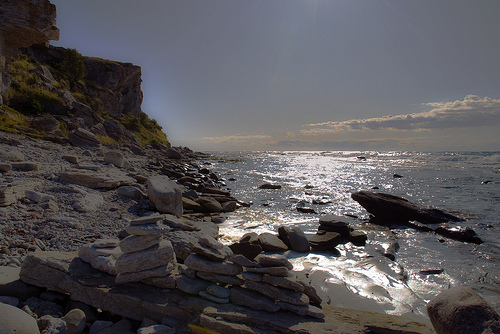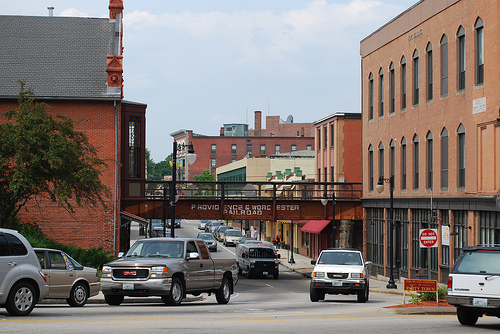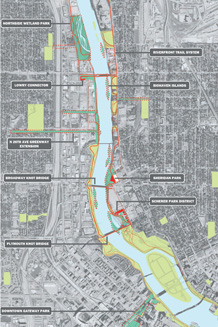TADEUSZ DĄBROWSKI

Editor’s Note:
In October I had the pleasure of hearing the young Polish poet Tadeusz Dąbrowski read his poems in a bilingual performance at Atomic Books in Maryland, a stop on his recent tour of the United States. TC readers will no doubt join me in appreciation of his poems, which are simultaneously deeply moving and surprisingly comic. Hopefully you will also relish my aggressive effort to deliver his work to you. As soon as the reading was done I pursued him to the sidewalk, where I procured a promise that he would send us poems to publish. His word’s as good as his work: we’re offering four of his poems here, and three more will follow in the print issue.
Dabrowski is only thirty-four but has already published eight books of poetry; the list of his prizes is longer than the ingredients for plum pudding. His work has been translated around the world—into twenty languages—and his readership continues to grow. Another German collection is due out very soon, and Antonia Lloyd-Jones’ second volume of English translations is well underway—these poems come from that. He’s drawn high praise from Adam Zagajewski in his homeland, and in the US his Anglophone debut, Black Square, was hailed by Timothy Donnelly as a “brilliant, unforgettable book.” We welcome his work to our pages with sincere excitement.


















